It’s the holiday purchasing season, which means a number of you are likely considering a brand-new graphics card purchase– maybe at a discount rate or as an upgrade to play the current video games, like Stalker 2, because your present GPU isn’t cutting it anymore. You have actually pertained to the best place, as this write-up is everything about GPU referrals, or otherwise …
For a few of you, alarm bells may currently be calling. You could be asking, “Why compose this short article now when brand-new graphics cards are simply months away?” That’s the elephant in the area we’re dealing with: should you in fact purchase a graphics card now? Is it reasonable to be tempted by the inevitable Black Friday sales? The answer is, rather plainly, no– you should not buy a graphics card right now.
Upcoming GPU Announcements in 2025
We anticipate the news of next-generation GPUs throughout the very first week of January 2025 That’s when CES 2025 will certainly take place in Las Las vega and where Nvidia is nearly ensured to unveil the GeForce RTX 50 series and AMD will likely introduce Radeon RDNA 4 GPUs. It’s unusual for both statements to occur concurrently, yet the two biggest GPU makers are likely to showcase their new items just a month and a fifty percent from now.
New GPU launches bring the possibility for improved performance at existing price factors. Unquestionably, the graphics card market has been type of lousy as of late, specifically for mid-range and entry-level purchasers. However, next-gen GPU launches might result in better price-to-performance proportions, also if the improvements are just modest. While we do not expect the RTX 50 collection to offer phenomenal value– it’s Nvidia, nevertheless– there’s still a chance for purposeful gains.
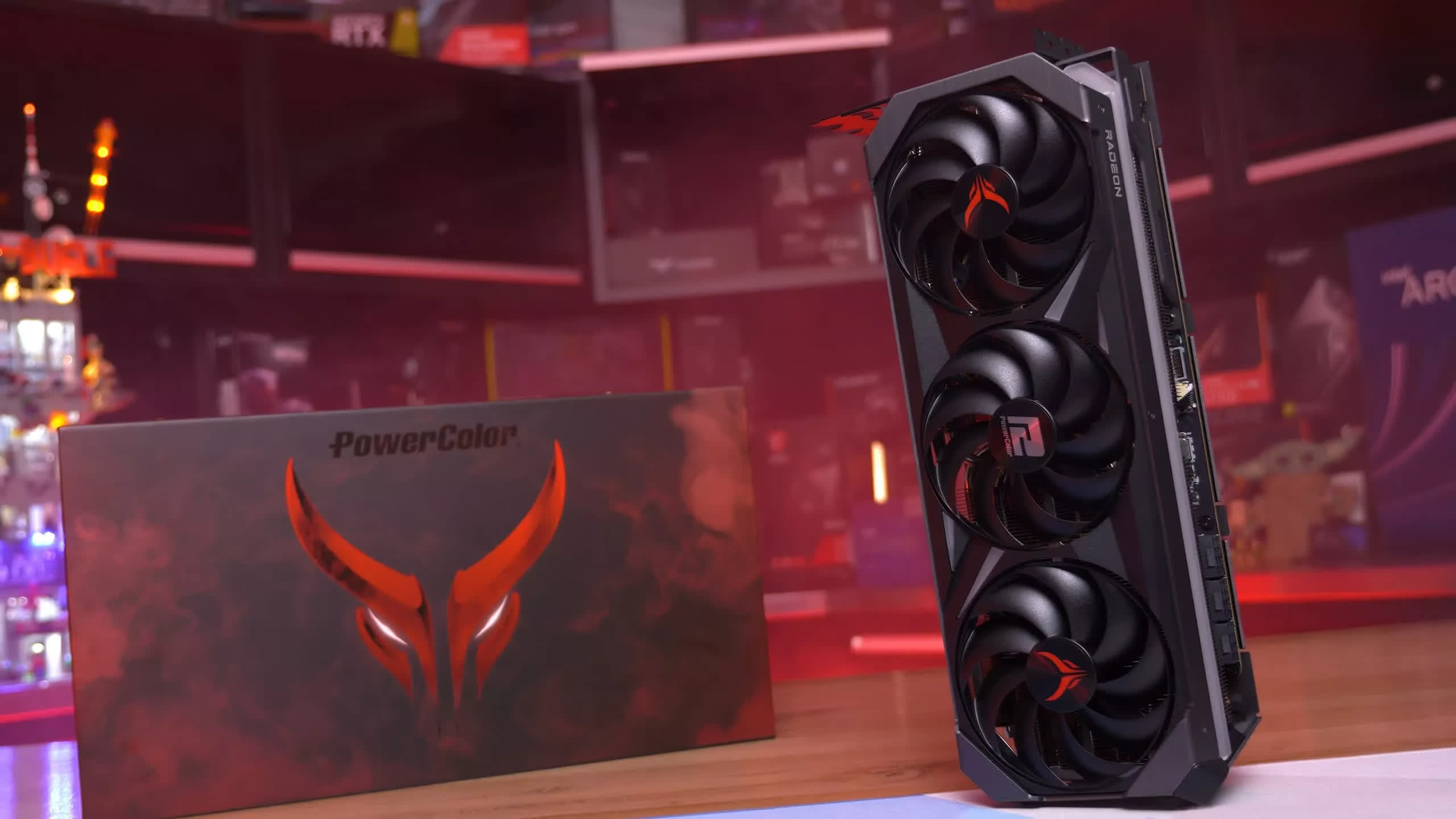
AMD vs. Nvidia: What to Expect
There are a few crucial developments to view. AMD’s next-generation Radeon RX 8000 series, based on the RDNA 4 style, is confirmed to target mid-range and conventional clients, without high-end versions in production. Certainly, AMD has actually stumbled with launches in the past, but all the talk out of the firm is an approach change to focus on one of the most popular graphics card cost segments. Hopefully this indicates better products at better rates.
Provided AMD’s strategies, rumors recommend Nvidia is increasing the launch of GeForce 50 series models like the RTX 5070 This would certainly reduce the typical space in between launching high-end cards and the mid-range versions most consumers have an interest in. While this is an unconfirmed report, i t might mean we do not need to wait long before Nvidia shows brand-new offerings that do not cost an arm and leg.
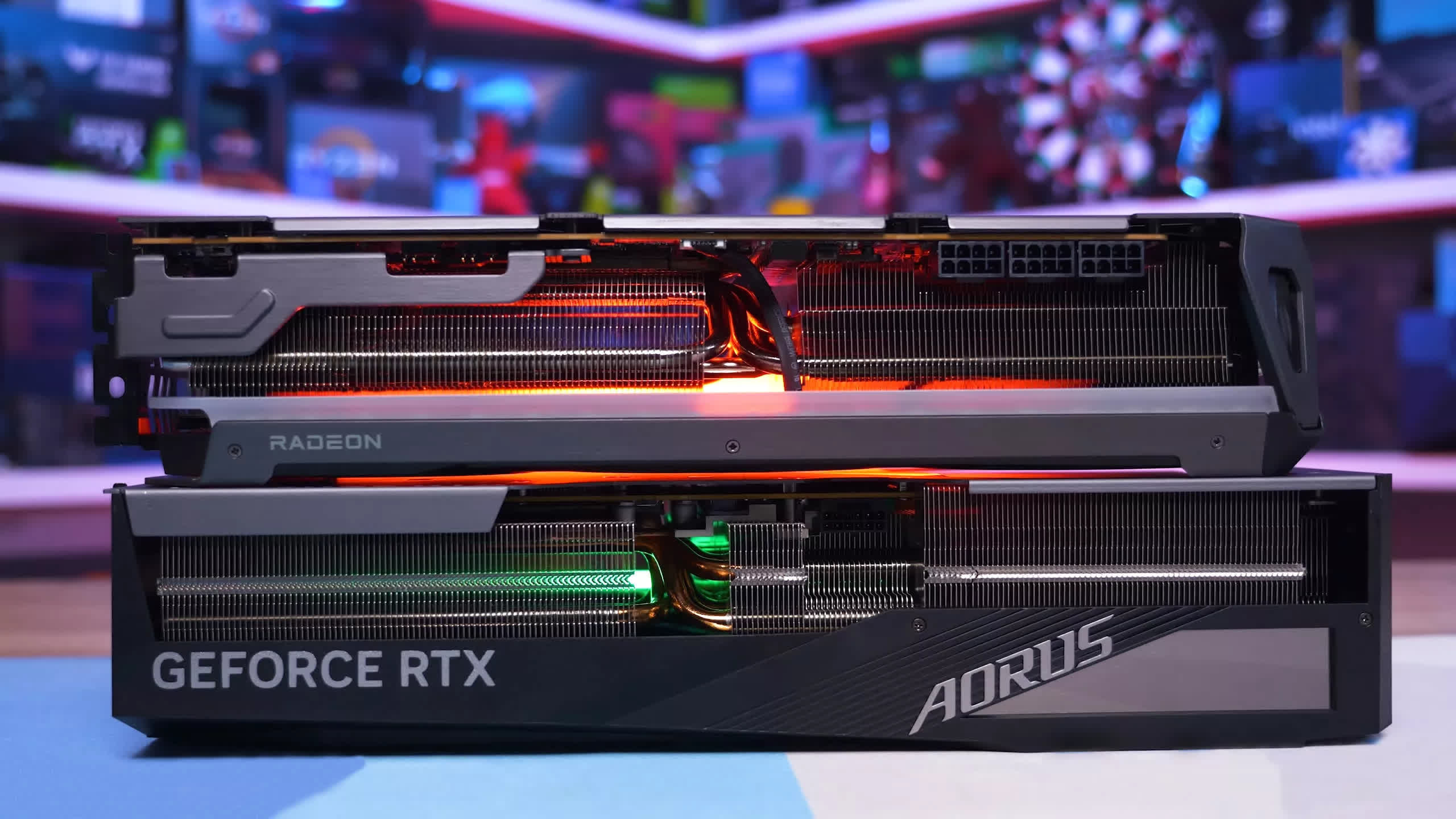
All of this is to state that we expect news for new mainstream priced and mid-range graphics cards. AMD’s RDNA 4, possible Nvidia RTX 50 designs, and also Intel’s Arc Battlemage items are all on the horizon, appealing exciting developments in the GPU market.
The most practical decision for prospective GPU buyers is to wait for these statements, assess the brand-new products, and make an enlightened option. Knowing just how the brand-new designs perform, their rates, and where they are valued in the existing market, prior to shooting on a brand-new GPU.
The last point you want is to purchase a current-gen model currently at the end of the product cycle just for it to be superseded within months, leaving you disappointed. That’s why we don’t suggest getting a graphics card today: wait until you have all the info.
When Discount Rates Make Getting Now Rewarding
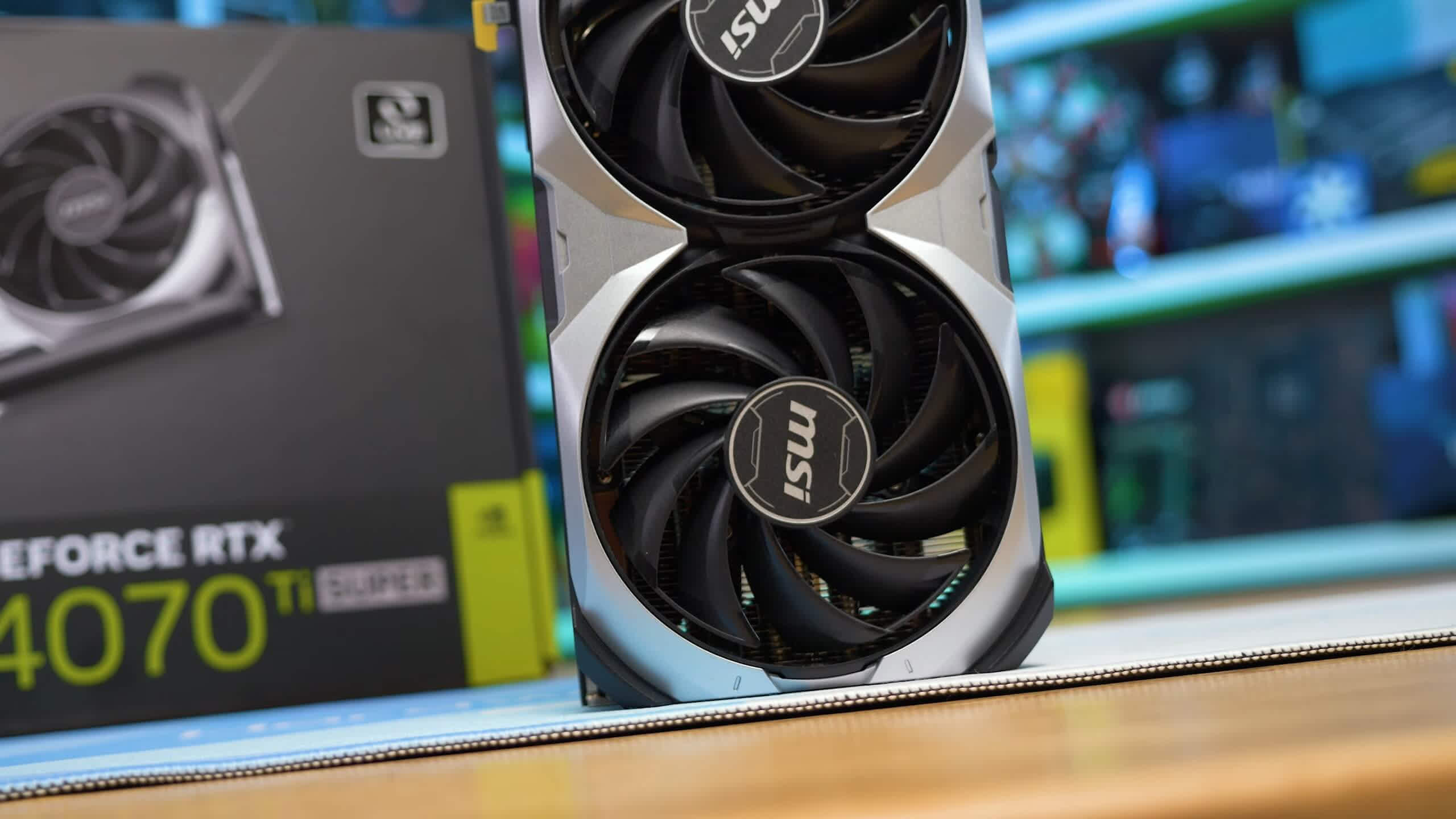
That said, there’s a point at which discount rates on existing models might make it rewarding to purchase currently, even considering next-gen products. So, what sort of discount justifies an early acquisition?
We believe the outright minimum discount worth considering is 25 %. This represents the prospective efficiency shift presented by a new generation.
Here’s an instance: expect a next-generation RTX 5070 deals RTX 4070 Ti-level efficiency for the exact same $ 600 launch cost as the RTX 4070 This would certainly stand for a “performance rate shift.” To show that today, you ‘d want the RTX 4070 Ti, or potentially the RTX 4070 Ti Super, at no greater than $ 600 The RTX 4070 Ti Super has an $ 800 MSRP, so a 25 % price cut would certainly bring it down to $ 600
This analysis is based upon some of the better improvements we saw during the change from the RTX 30 to RTX 40 collection. The RTX 4070 demonstrated an 18 % reduction in expense per structure contrasted to the RTX 3080 10 GB. The RTX 4070 Super provided a 21 % reduction in cost per structure contrasted to the RTX 3070 Meanwhile, the RTX 4060 revealed a 16 % reduction in price per frame relative to the RTX 3060, although it included less VRAM.
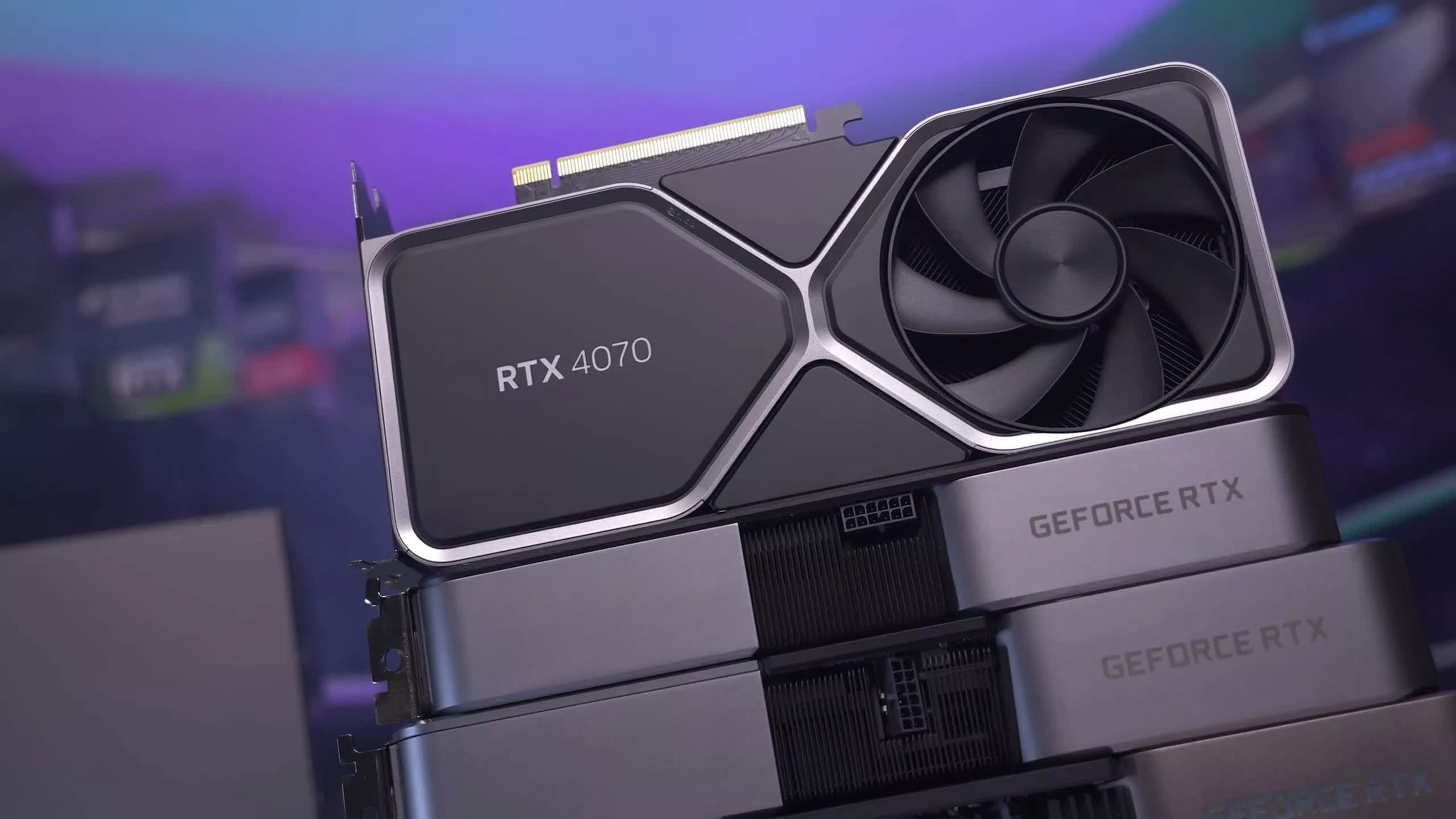
Don’t forget, the RTX 40 collection was a relatively underwhelming generation. In previous generations, we’ve seen cost-per-frame enhancements in the series of 30 % to 40 %, which might affect your assumptions for price cuts. If you’re optimistic regarding the upcoming generation, you may want to hold out for a bigger discount– a minimum of 30 %. If you’re much less positive concerning future efficiency improvements, a 25 % or perhaps 20 % price cut could appear acceptable.
Examining Nvidia GPU Discounts (25 % to Also Consider)
For Nvidia GPUs, this equates into the adhering to expectations (see table listed below), as not likely as these discount rates show up, reductions of just 5 % or 10 % throughout “Black Friday deals” are not deserving of your interest.
| GPU | MSRP | 25 % Price cut | 30 % Discount rate |
|---|---|---|---|
| GeForce RTX 4090 | $ 1, 600 | $ 1, 200 | $ 1, 100 |
| GeForce RTX 4080 Super | $ 1, 000 | $ 750 | $ 700 |
| GeForce RTX 4070 Ti Super | $ 800 | $ 600 | $ 560 |
| GeForce RTX 4070 Super | $ 600 | $ 450 | $ 420 |
| GeForce RTX 4070 | $ 550 | $ 420 | $ 390 |
| GeForce RTX 4060 Ti 16 GB | $ 450 | $ 340 | $ 320 |
| GeForce RTX 4060 | $ 300 | $ 225 | $ 210 |
For instance, obtaining $ 50 or $ 100 off a GPU, particularly in the mid-range segment, is no place near adequate to consider acquiring currently rather than waiting for the new GPUs anticipated in very early 2025
As somebody that likes to have all the details available prior to getting, even a 25 % discount wouldn’t necessarily obtain me to shoot.
Evaluating AMD GPU Discounts (25 % or Else)
For AMD GPUs, we’re sticking with the same 25 % discount as the minimum acceptable degree, though we ‘d possibly suggest intending closer to a 30 % price cut in many cases.
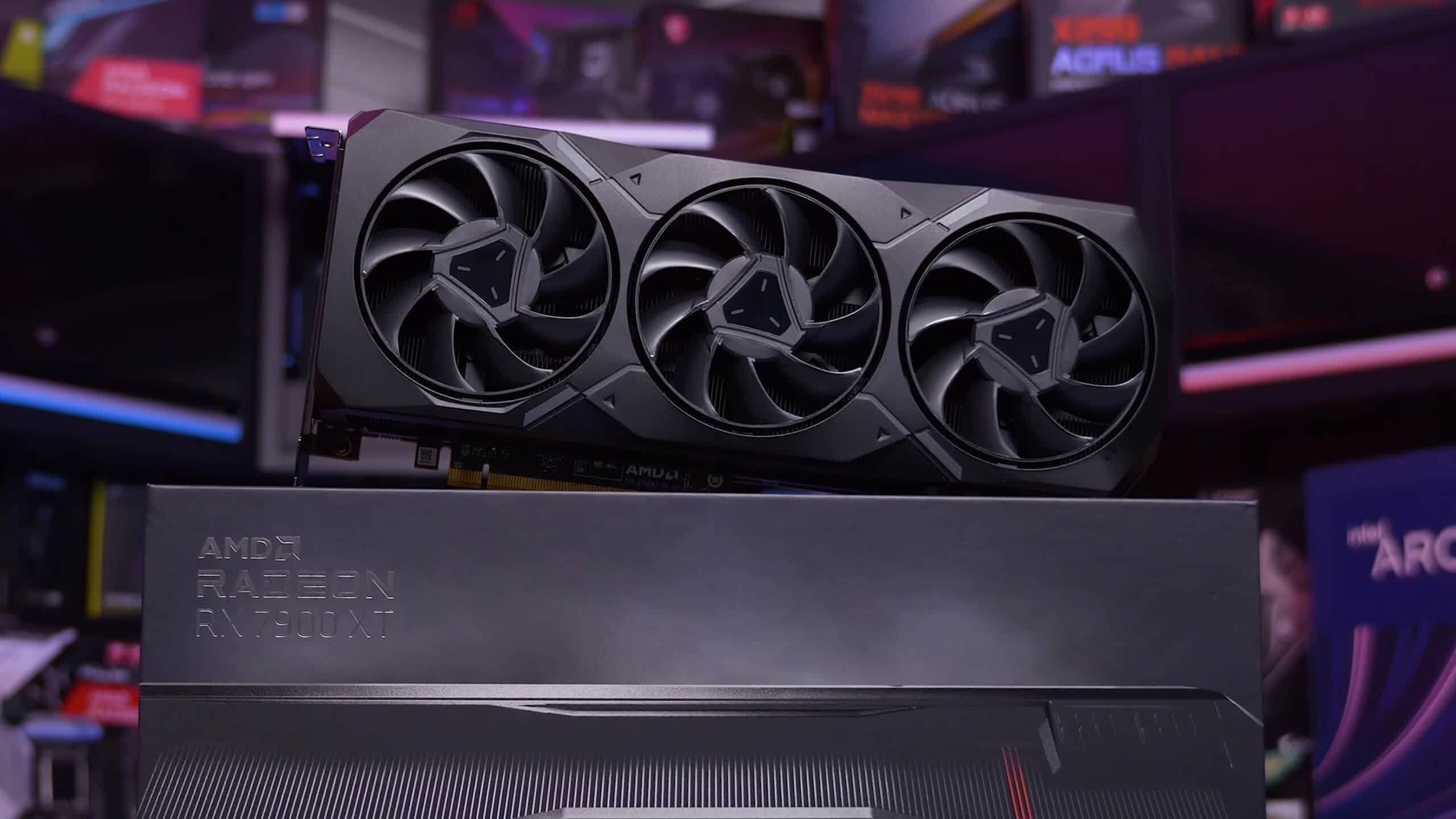
These discount rates need to be based upon the cost AMD has been marketing these graphics card for the previous year, not the filled with air MSRP that was typically reduced just months after launch. For example, the Radeon RX 7900 XT introduced with a ridiculous $ 900 MSRP, but it was marked down weeks later on and given that mid- 2023, you have actually been able to discover one for $ 750 or less. So, we think you ought to be seeking at the very least a 25 % price cut off that $ 750 common rate factor, indicating no greater than $ 560
| GPU | Normal Price | 25 % Discount rate | 30 % Discount rate |
|---|---|---|---|
| Radeon RX 7900 XTX | $ 950 | $ 720 | $ 660 |
| Radeon RX 7900 XT | $ 750 | $ 560 | $ 530 |
| Radeon RX 7900 GRE | $ 550 | $ 410 | $ 385 |
| Radeon RX 7800 XT | $ 500 | $ 375 | $ 350 |
| Radeon RX 7700 XT | $ 400 | $ 300 | $ 280 |
| Radeon RX 7600 XT | $ 330 | $ 250 | $ 230 |
| Radeon RX 7600 | $ 260 | $ 200 | $ 180 |
| Radeon RX 6600 | $ 200 | $ 150 | $ 140 |
Once more, if you’re really feeling positive about the next generation and think RDNA 4 will be a game-changer for GPU worth, then you need to claim an even bigger price cut. Do you assume the RX 8000 series will certainly deliver RX 7900 XT levels of performance for $ 500 If so, there’s absolutely no reason to pay more than $ 500 for a 7900 XT now.
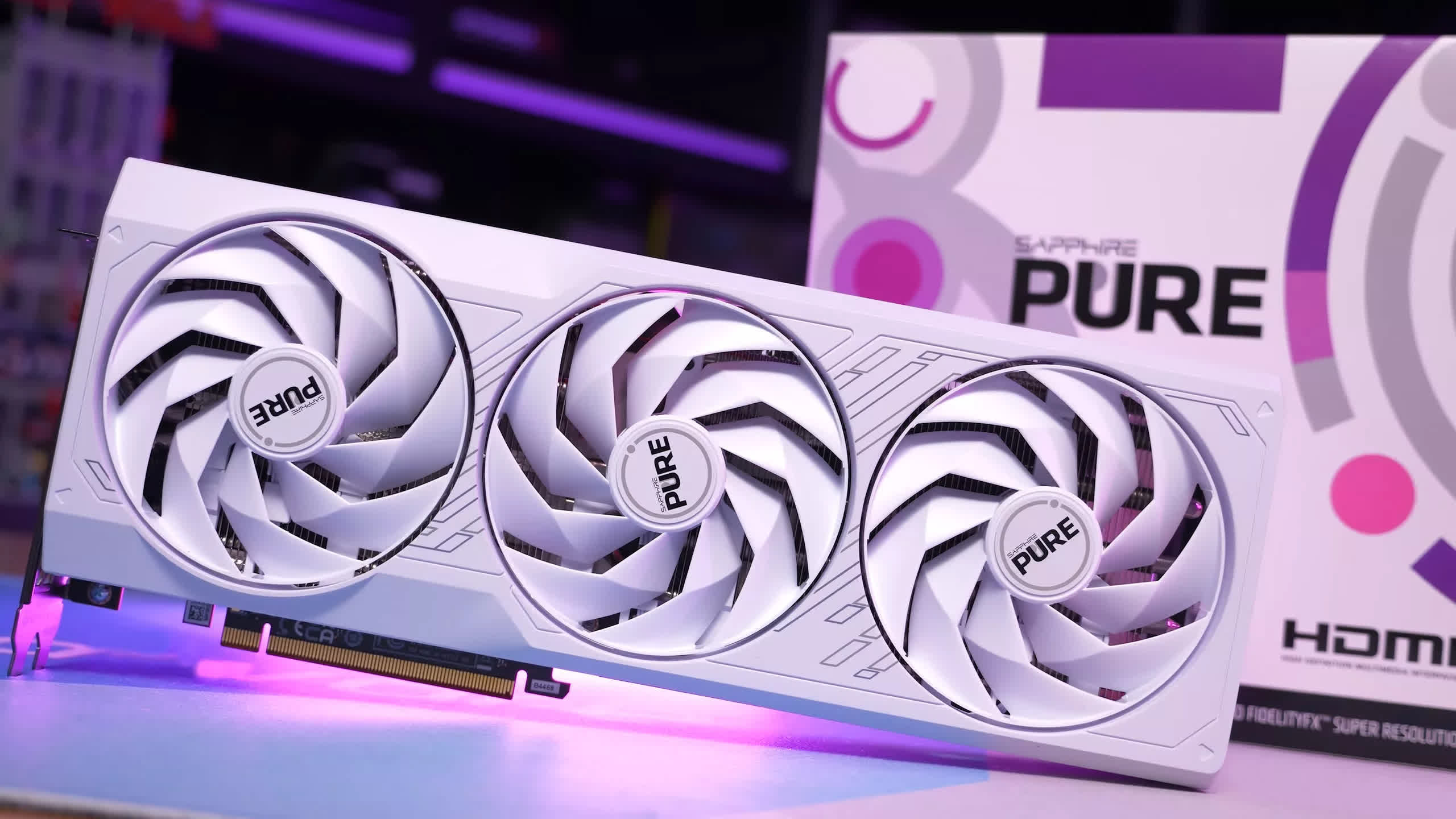
We have actually begun to see some rate activity for AMD GPUs recently, with the RX 7900 XT striking $ 620 and the RX 7700 XT hitting $ 360 However, in both instances, these prices fall short of what we would certainly consider an appropriate price cut to validate buying a graphics card currently versus waiting.
Take the Radeon 7700 XT at $ 360, for instance– you could have attained that level of efficiency for just $ 20 a lot more back in May. Barely a price cut worth tingling about, and definitely unsatisfactory with new products introducing in January.
Genuinely, it’s unlikely we’ll see sufficient discounts with a new GPU launch just months away. Retailers and GPU producers want you to think these intended deals are terrific and existing big price cuts, however it’s critical to do your research study to establish whether they’re actually authentic deals.
Regardless of all of what we’ve claimed so much, you might find on your own in a setting where you can not await the new graphics cards in January and really feel forced to purchase now, even though current discounts aren’t outstanding. What should you perform in this scenario? Is it possible to take advantage of a poor scenario?
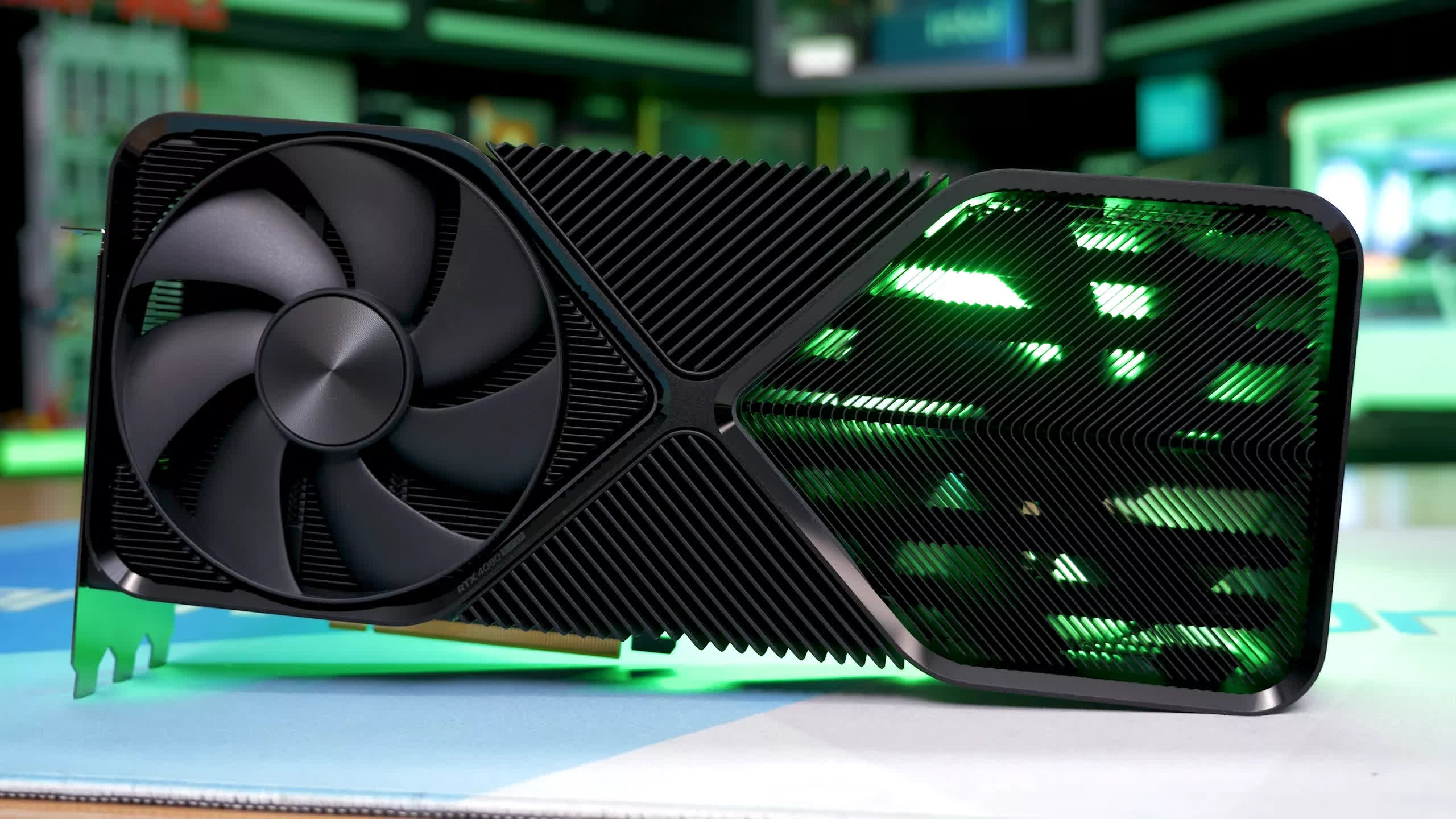
If you’re searching for a premium graphics card, the GeForce RTX 4090 continues to be the fastest design, yet it’s a horrible worth recommendation, with costs rising to around $ 2, 300, far above its $ 1, 600 MSRP. It’s simply unworthy buying at that rate when the RTX 4080 Super is readily available for $ 950 to $ 1, 000
For high-resolution 4 K video gaming, the 4080 Super is about 25 % slower than the RTX 4090 yet costs well under half the rate. The 4080 Super additionally excels in ray mapping, making it a far much better option than the Radeon RX 7900 XTX, as it’s upwards of 30 % faster generally. Normally, it’s only 15 % more pricey and offers accessibility to DLSS. Nevertheless, if you don’t care much about ray tracing or DLSS and desire strong rasterization efficiency, the 7900 XTX comes back right into consideration.
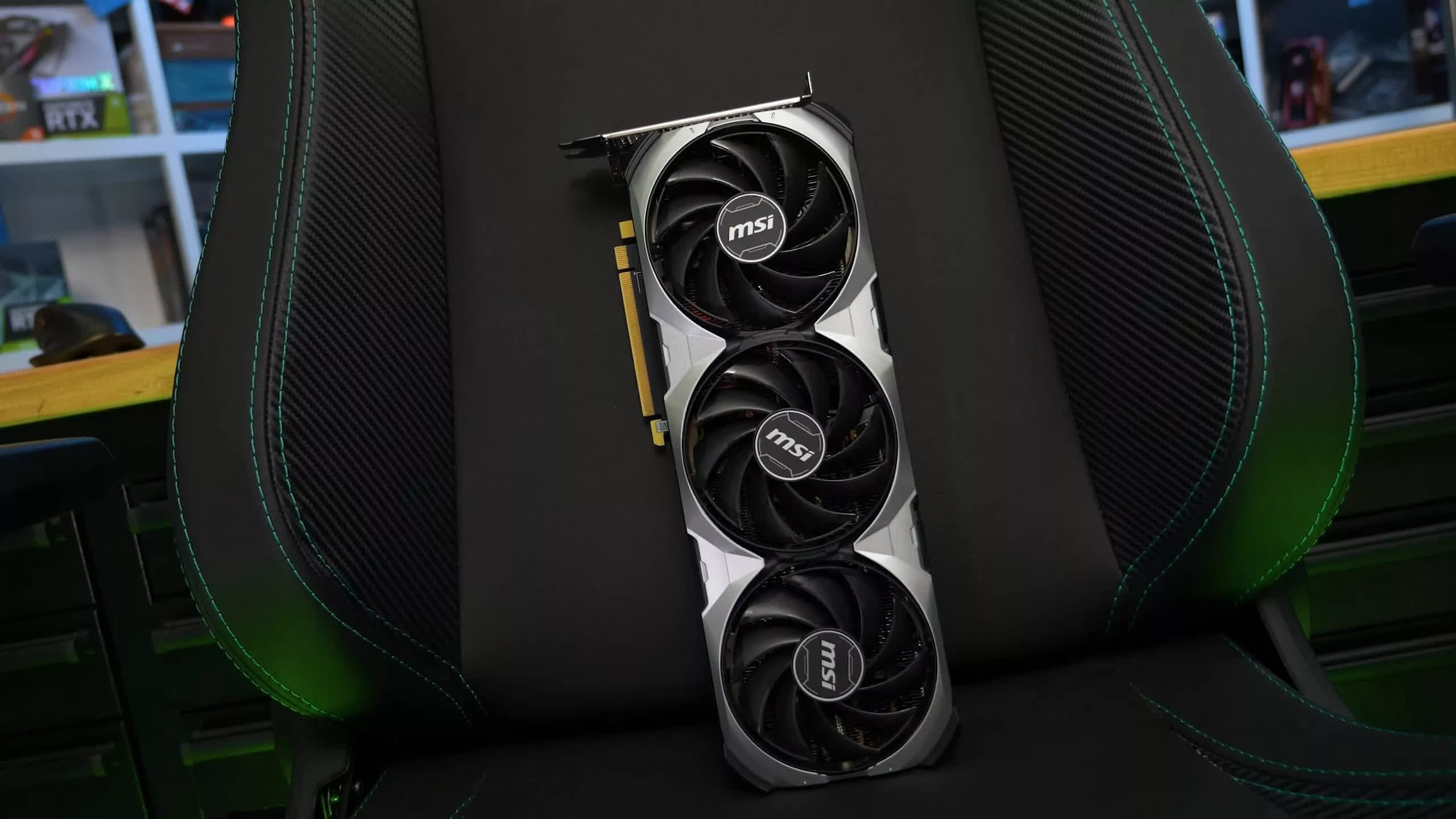
For upper mid-range, reduced high-tier pc gaming, this is where we see the GeForce RTX 4070 Ti Super normally fighting the Radeon RX 7900 XT. In rasterization the 7900 XT is usually slightly quicker, but also for ray tracing the 4070 Ti Super is a tier over in efficiency, so once again it depends how you value ray tracing and DLSS.
At a 20 % discount, and we’re coming close to that degree since creating this, the 7900 XT gets more challenging to look past. Particularly because near $ 600, the Radeon 7900 XT contends extra with the RTX 4070 Super.
Now, the RTX 4070 Super is still the faster card for ray mapping about the 7900 XT, and it features DLSS support, however the rasterization efficiency of the Radeon design is nearly 20 % ahead. Again it’s quite clear which method you would certainly go here: if you value ray mapping, obtain the GeForce design. If you do not believe you ‘d use ray mapping, the Radeon card is looking excellent, especially as its raw performance would allow you to run video games with less upscaling.
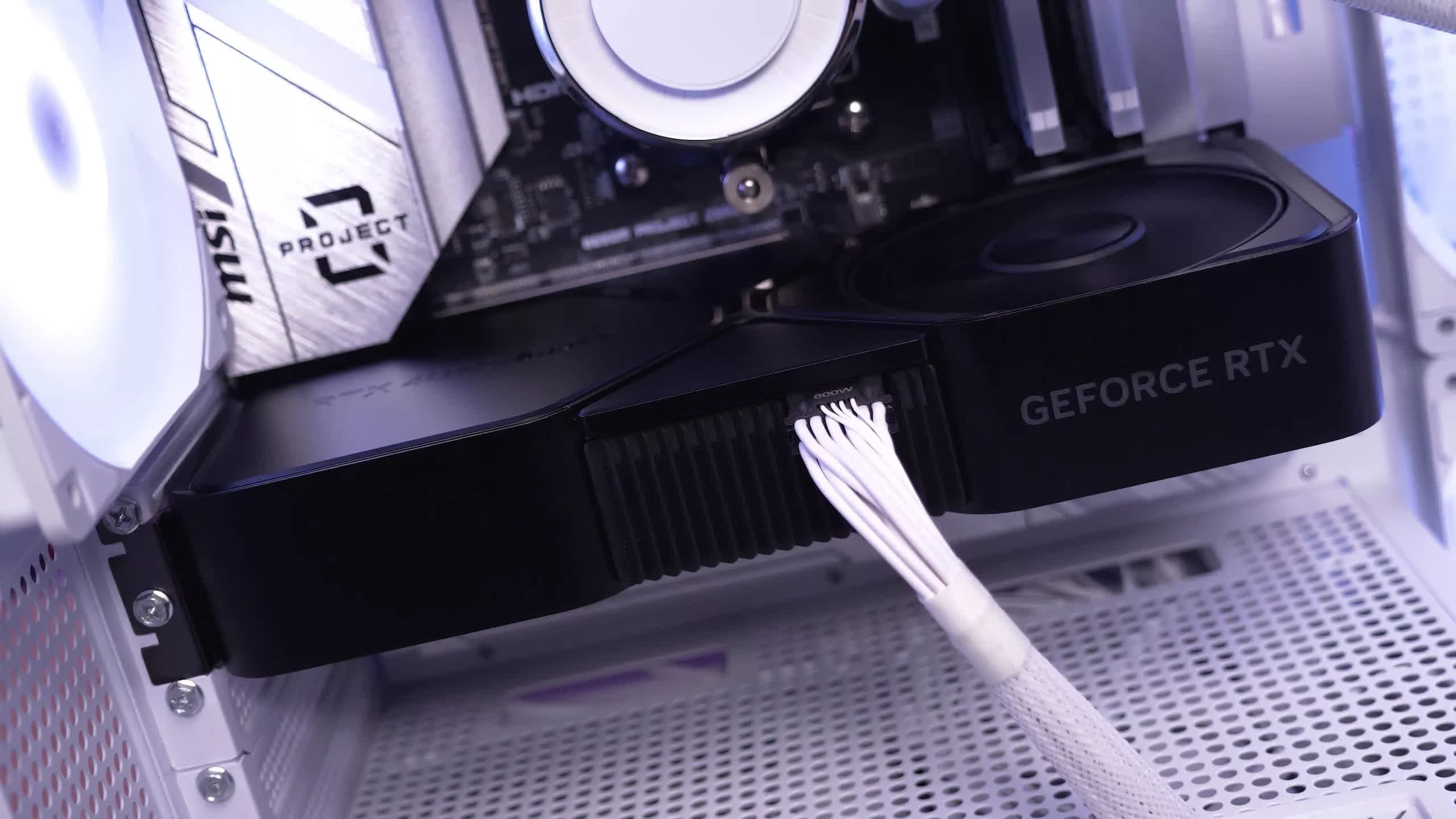
At around $ 500 this is where we generally see the RTX 4070 go head to head with the RX 7800 XT. Over the last few months, the Radeon card is typically $ 20 – 40 cheaper, for finest case concerning 10 % even more rasterization efficiency than the RTX 4070 As usual, the Nvidia GPU is better for ray tracing, and supports DLSS. Currently the Radeon card in my opinion looks excellent for video games without ray mapping support, but general I ‘d want it to be 15 % less expensive than the 4070 to make it clearly the best choice in this rate.
Entry-Level GPU Recommendations
In the lower parts of the mid-range, I would most definitely prevent the RTX 4060 Ti 8 GB, as we’re seeing numerous examples these days where 8 GB of VRAM is not nearly enough for a GPU of this degree of efficiency. The 16 GB version is drawing well ahead in even more modern-day games, and is typically available at a $ 50 – 60 costs.
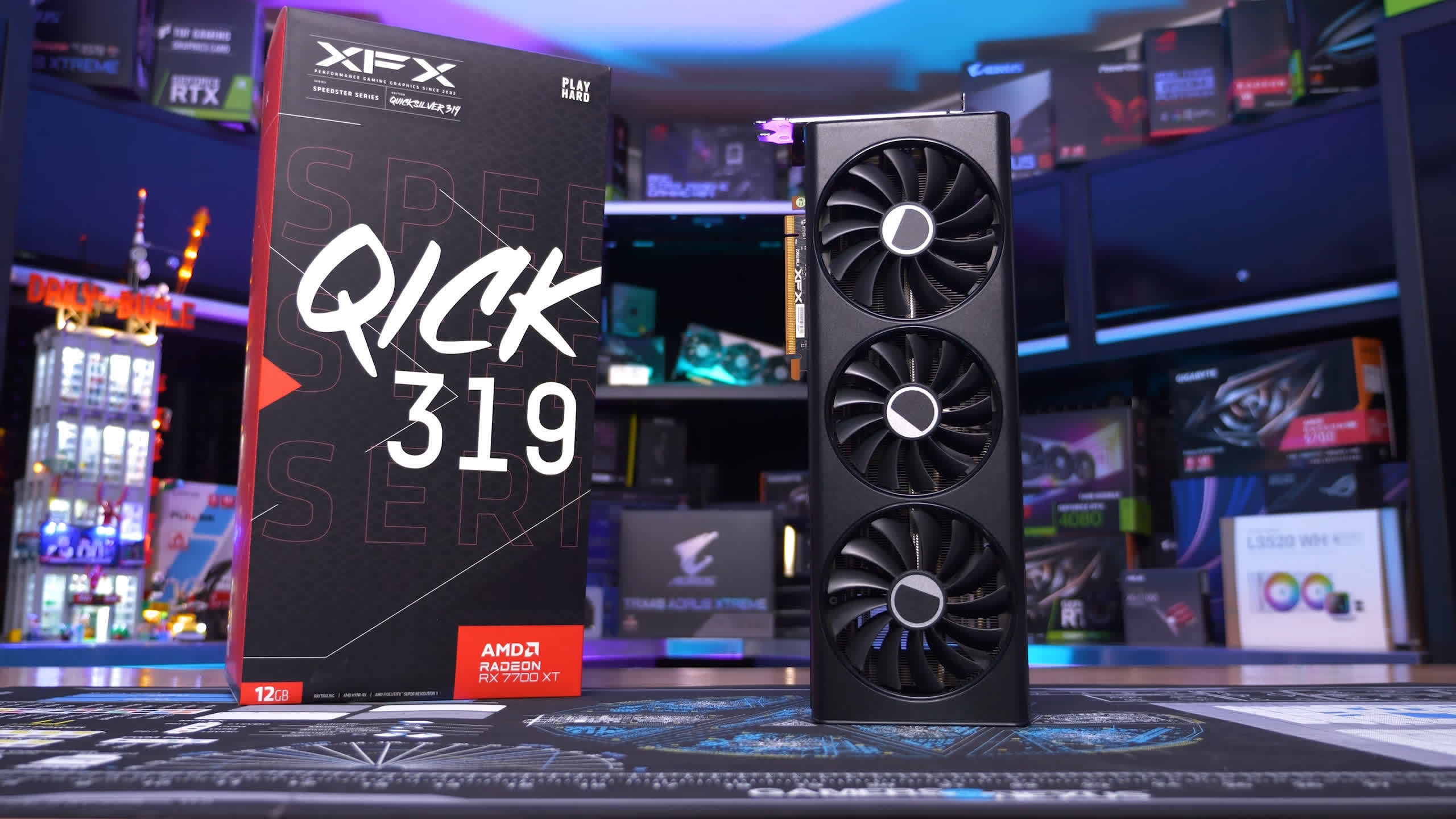
Also in this variety is the less costly Radeon RX 7700 XT 12 GB, which we’ve seen cost about 20 % less than the 4060 Ti 16 GB on an excellent day. That’s a lot compared to the 4060 Ti if you do not care regarding ray mapping, due to the fact that not only is the 7700 XT much cheaper, it’s also around 15 % faster for rasterization, giving it a substantial price per frame advantage. However the 4060 Ti 16 GB is far better than a 7800 XT at ray tracing, if you care about that.
For mainstream players this is where we ‘d strongly choice rasterization efficiency over ray tracing performance, because mainstream GPUs normally aren’t fast sufficient for a good ray tracing experience.

The major competitors right here are AMD’s RX 7600 XT and RX 7600, together with Nvidia’s RTX 4060 The 7600 XT is the fastest card and has one of the most VRAM, using double the various other cards’ ability at 16 GB, which puts it in a truly excellent position, particularly as the costs to get the XT model over the non-XT has actually reduced to $ 30 presently.
If the RX 7600 XT and RTX 4060 are about the same cost in your area, the 7600 XT looks to be the better bargain: 5 – 10 % more rasterization performance from the AMD design, and double the VRAM. The only factor you would certainly get the 4060 is if you desire DLSS rather than FSR or XeSS upscaling, and I’m not sure that deserves it to cut the quantity of VRAM in half.
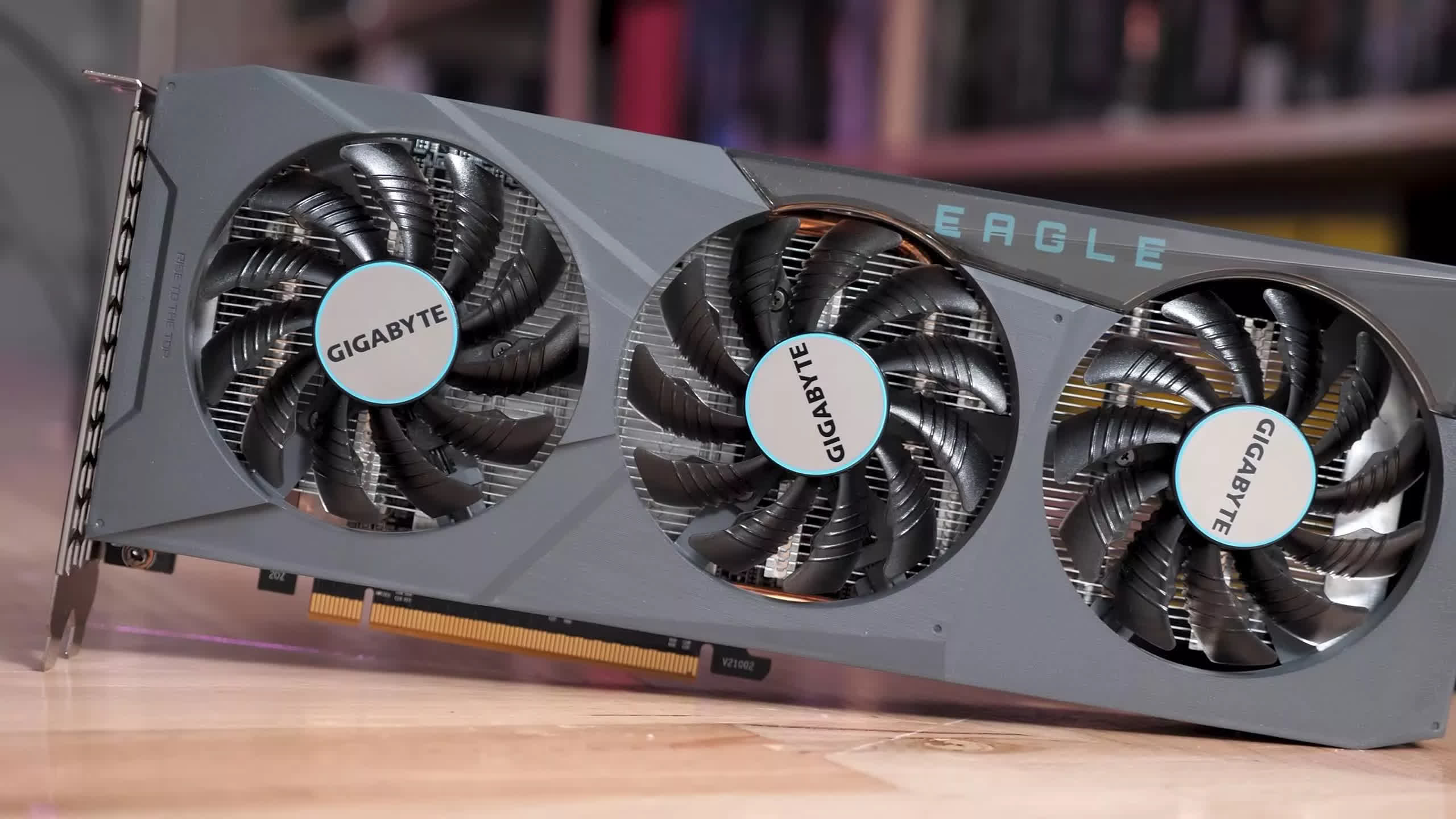
If you’re considering anything less costly than an RTX 4060 or RX 7600 XT, just get the Radeon RX 6600 It’s much faster than anything Nvidia needs to offer around $ 200 Seriously, do not buy the RTX 3050, it’s such a negative offer.
These instances are simply how we see things at the moment if you need to acquire a GPU right now. Throughout this generation, Nvidia GPUs have offered more powerful ray mapping performance and DLSS at a given price. AMD GPUs have actually come in a little more affordable than their GeForce equivalents while supplying much better rasterization performance.
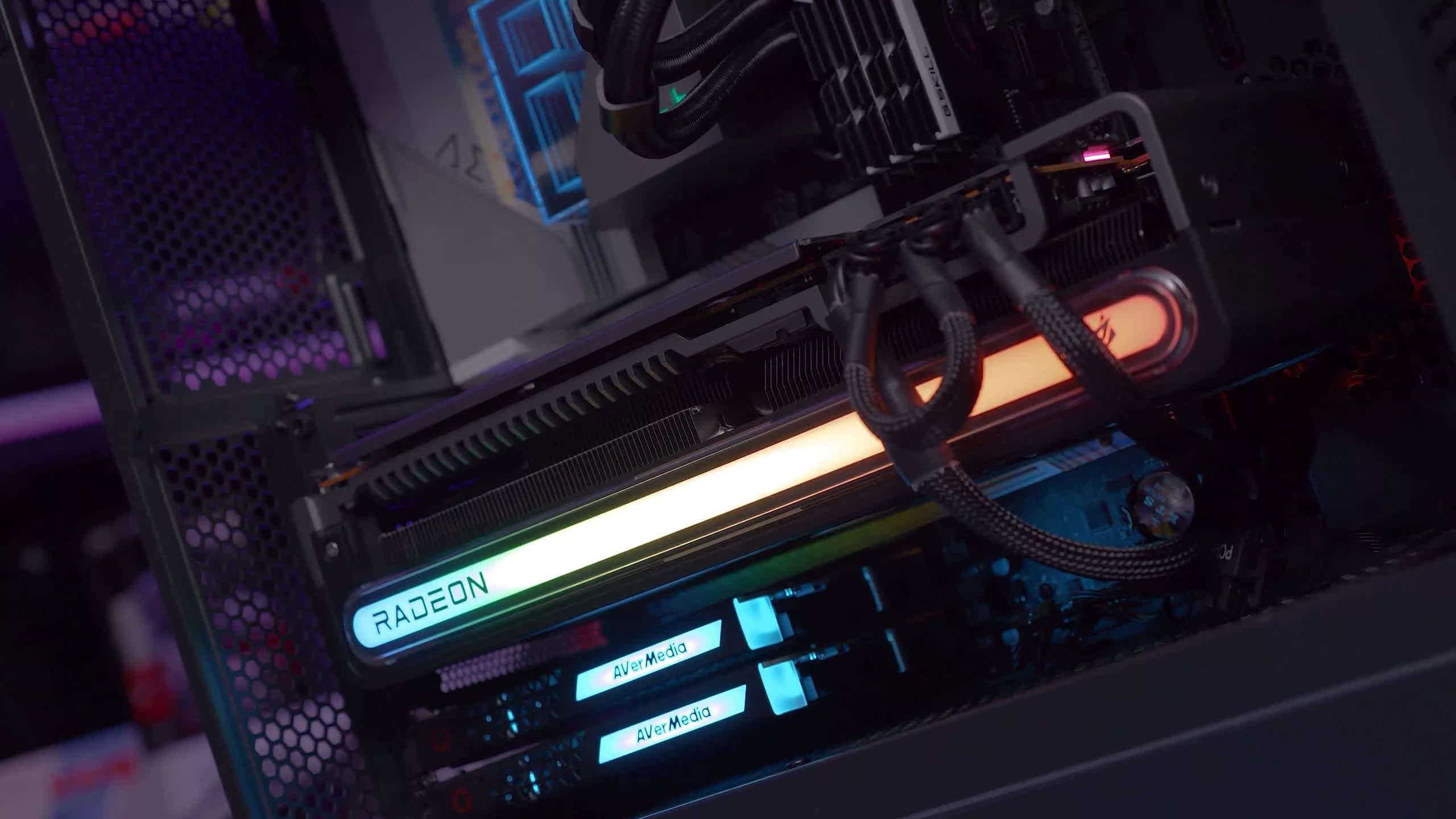
It’s hard to make definitive recommendations as some gamers have strong choices for sure functions or making innovations and how you directly see those attributes will dictate which brand name provides much more value. That’s outside the low-end though, where Radeon is far in advance of GeForce.
In general however, simply wait and see what new GPUs have in store for you in January.



